14 Rehabilitated Bonobos Are Returned To The Wild In The Congo; This Is The Second Time In History This Has Happened For The Endangered Species
Photos By: Friends of Bonobos
Fourteen bonobos have successfully been returned back into the wild in the Democratic Republic of the Congo. This marks the second time in history that this has occurred for the endangered great ape species. Friends of Bonobos of the Congo, the only bonobo sanctuary in the world, released the great apes in March into Ekolo ya Bonobo Community Reserve, a 120,000-acre protected forest.
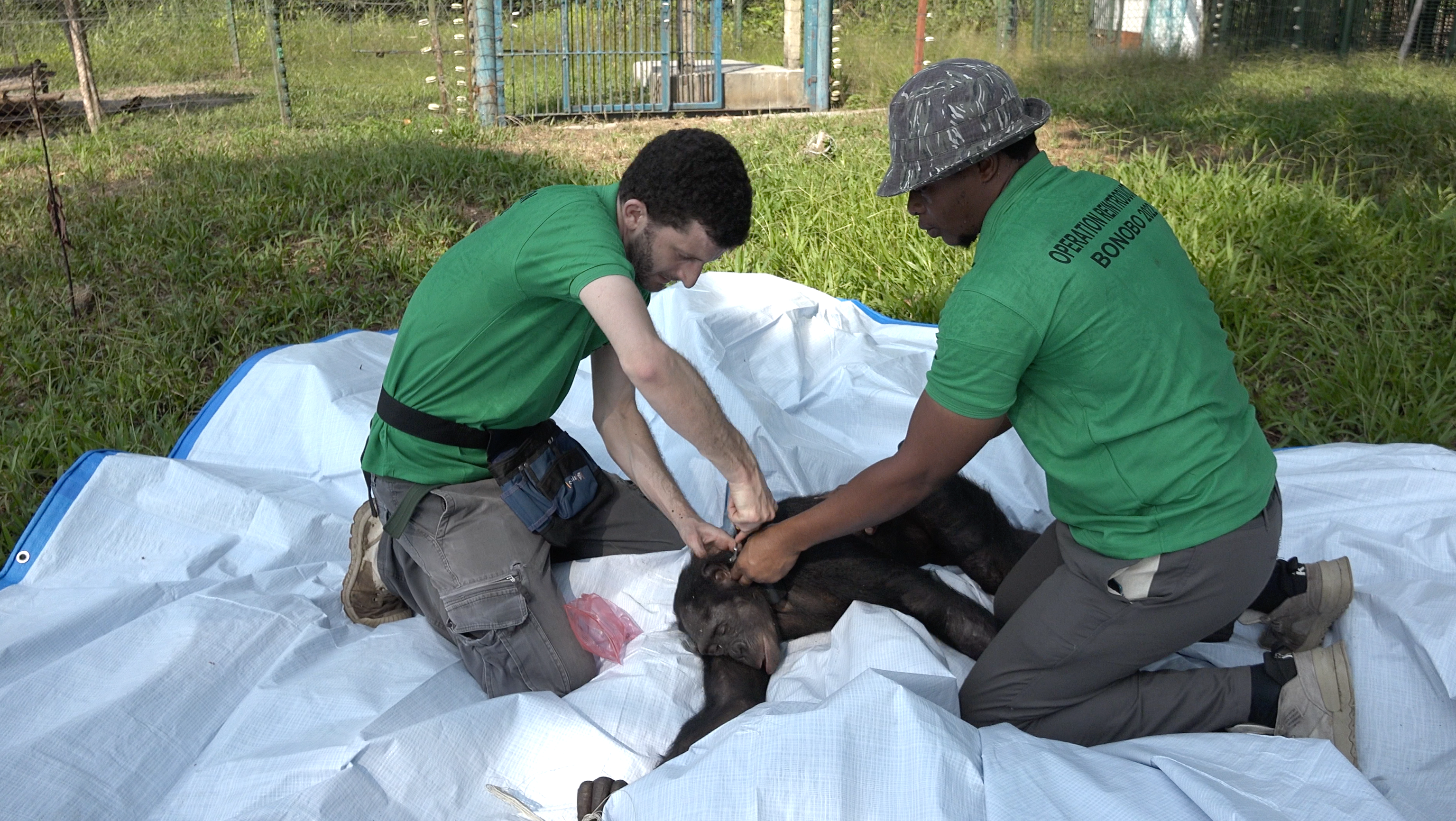
Bonobos share 98.7% of our DNA and are the closest living great ape relatives to humans, along with chimpanzees. They are endangered due to the illegal bushmeat trade and habitat loss. Bonobo groups are led by a dominant female and are the only ape with this social structure.
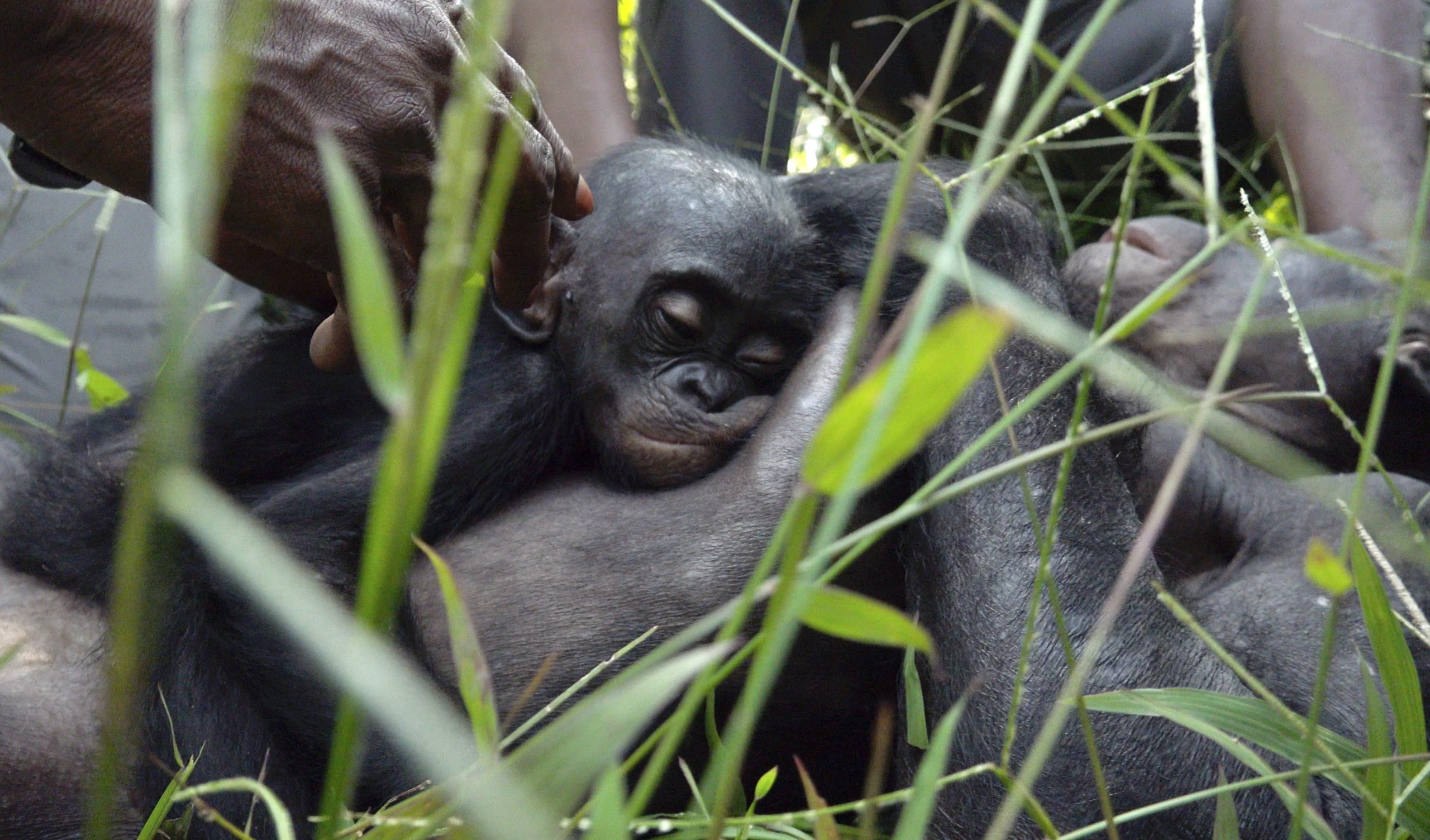
The bonobos that were released were former victims of wildlife traffickers and were all thankfully rescued and rehabilitated by Lola ya Bonobo near Kinshasa, DRC. The matriarch, Maya, and her three offspring were among the rewilded bonobos. Maya was the second bonobo rescued by the founder of the sanctuary Claudine André more than 25 years ago.
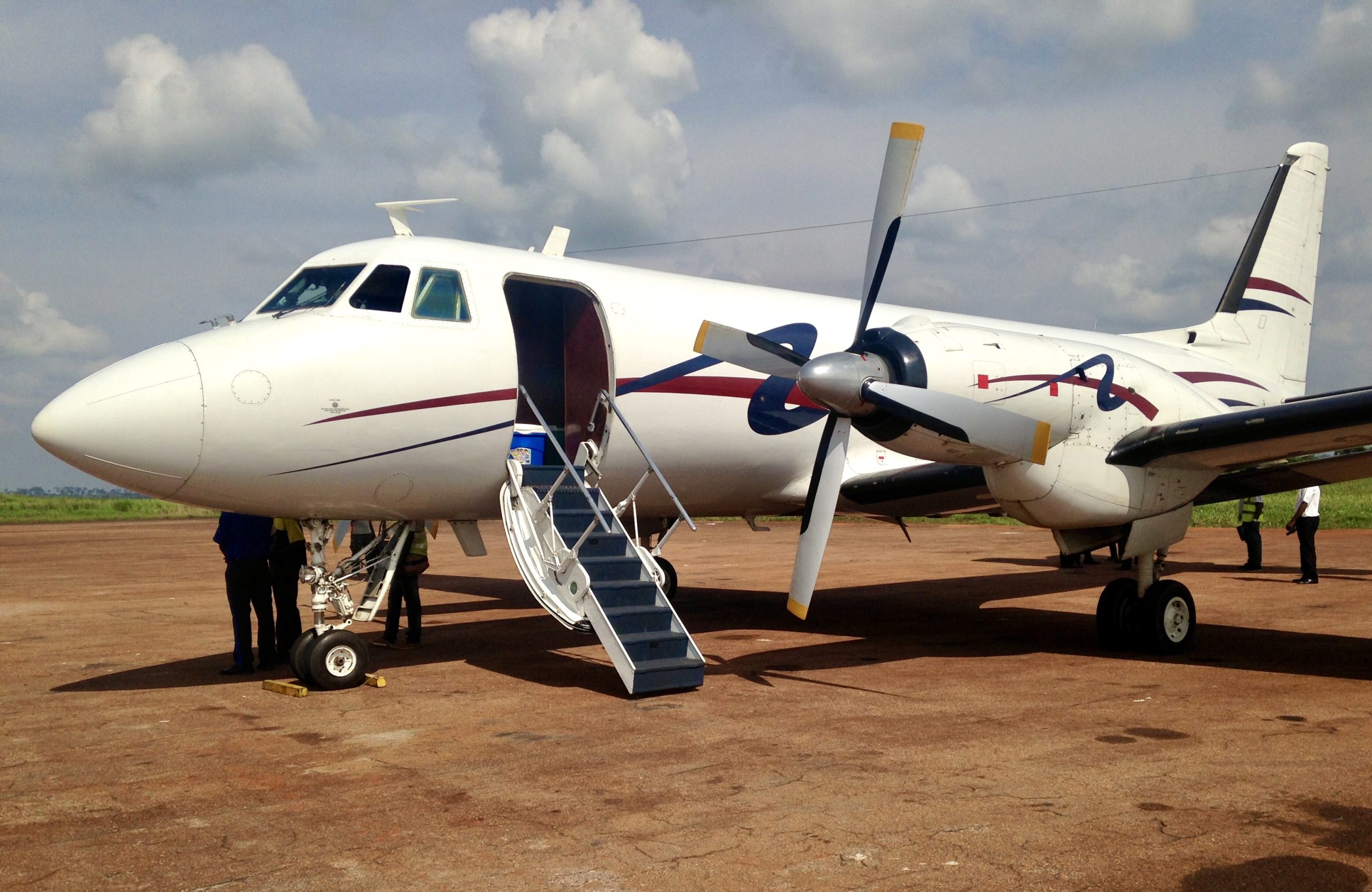
“Some of the bonobos I have known since I was a kid,” said Fanny Minesi, André’s daughter and general director of Friends of Bonobos of the Congo/Amis des Bonobos du Congo (ABC). “Yet, Maya’s place is in the forest. This is the day we have worked for, for decades, to put bonobos back into the wild where they are protected.”
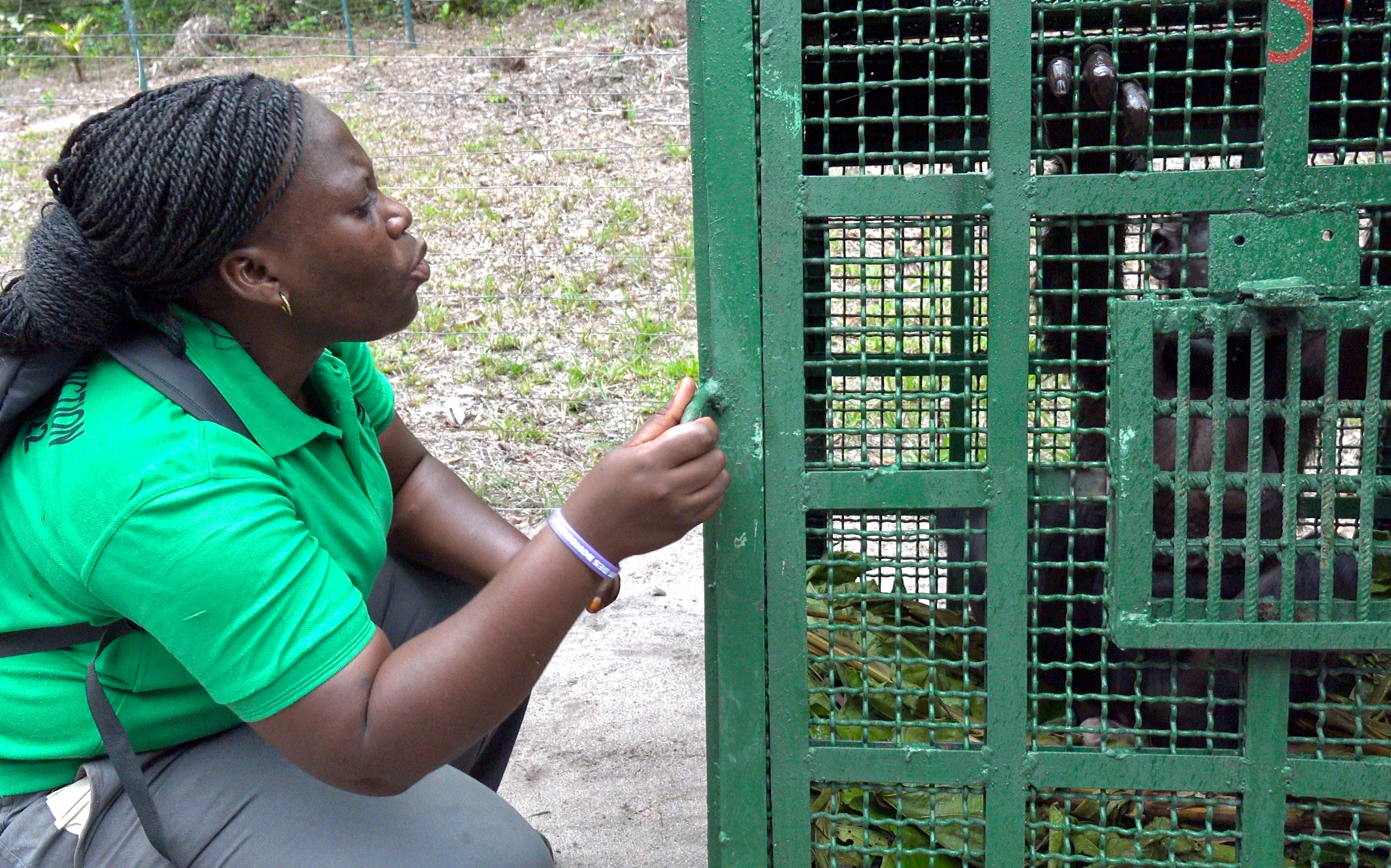
“I hope our education programs will help people realize that bonobos are important for the forest, they are important for people, and we have to have safe places for them,” continued Minesi.
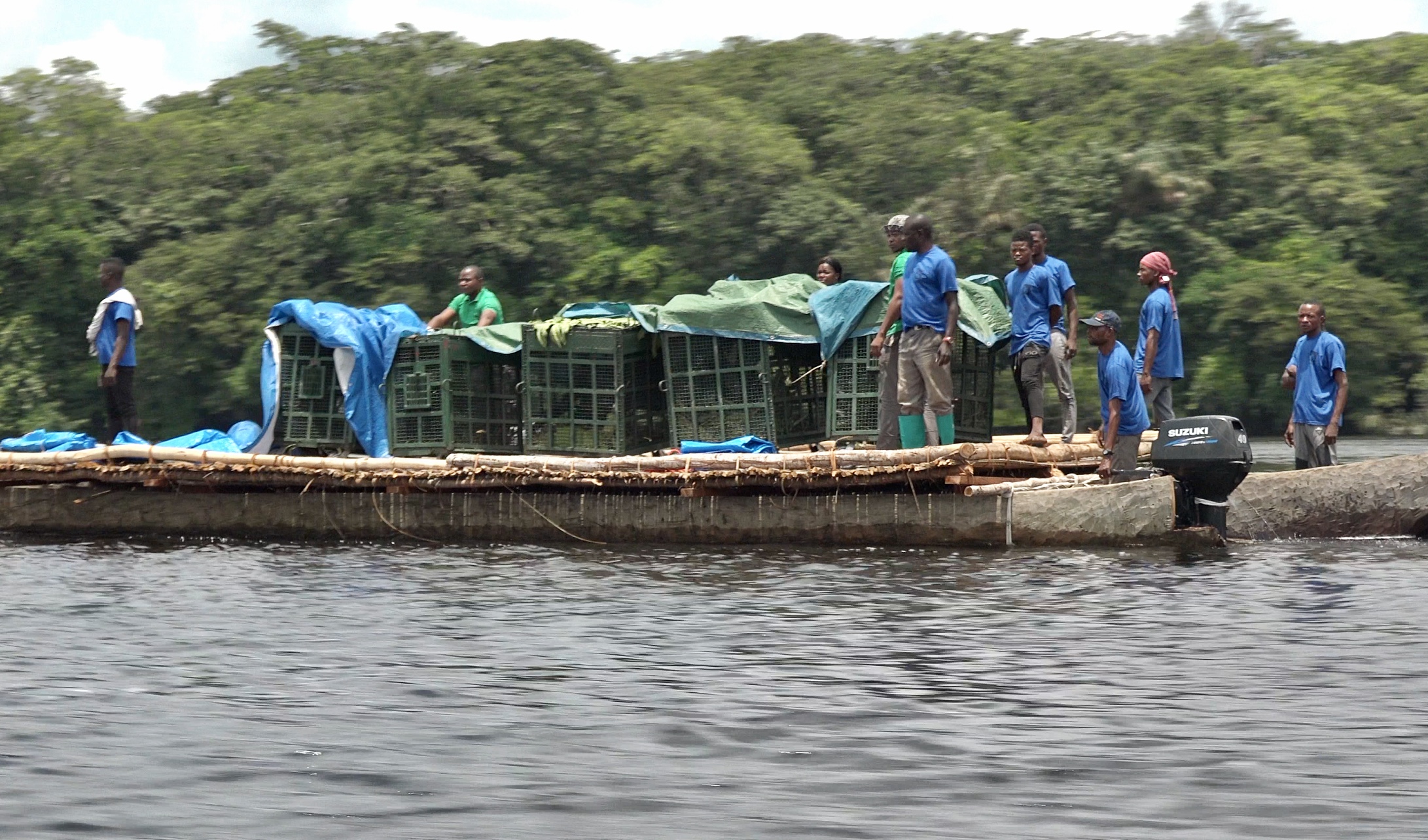
The rewilding of Bonobos resulted from years of effort to repeat Friends of Bonobos’ first release in 2009. The newest Bonobo group that was released last month had been living on Totaka Island since 2018, a temporary quarantine site near the reserve. Their final move to the reserve was postponed multiple times due to an Ebola outbreak, technical challenges, and the COVID-19 pandemic.
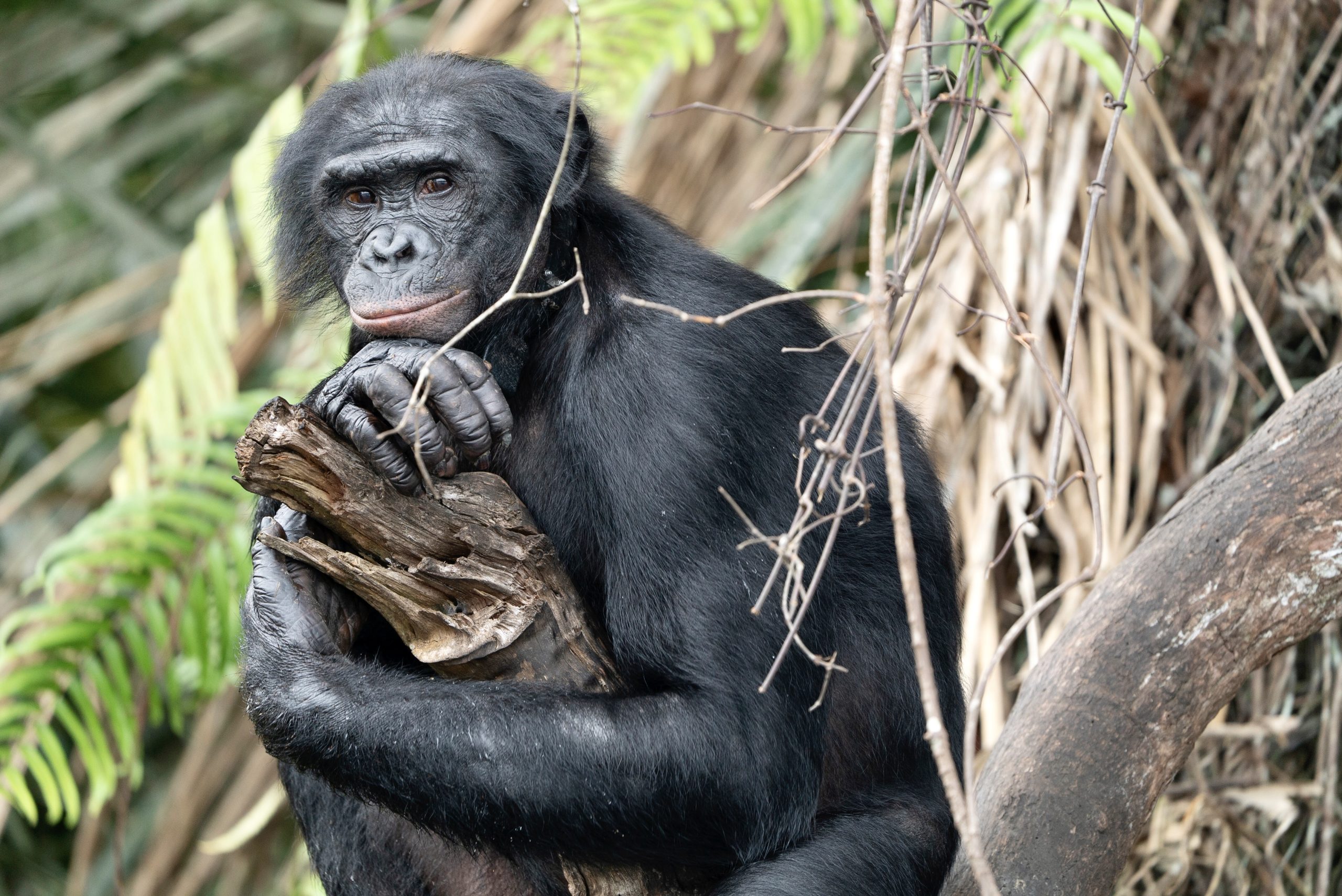
“The released bonobos are adjusting well so far,” shared Suzy Kwetuenda, coordinator of bonobo wellness for the nonprofit organization. “One male bonobo named Kubulu left the 2009 group to join the new group. In total, there are now 30 bonobos in the reserve. Healthy babies have been born in both groups, an indication of conservation success.”
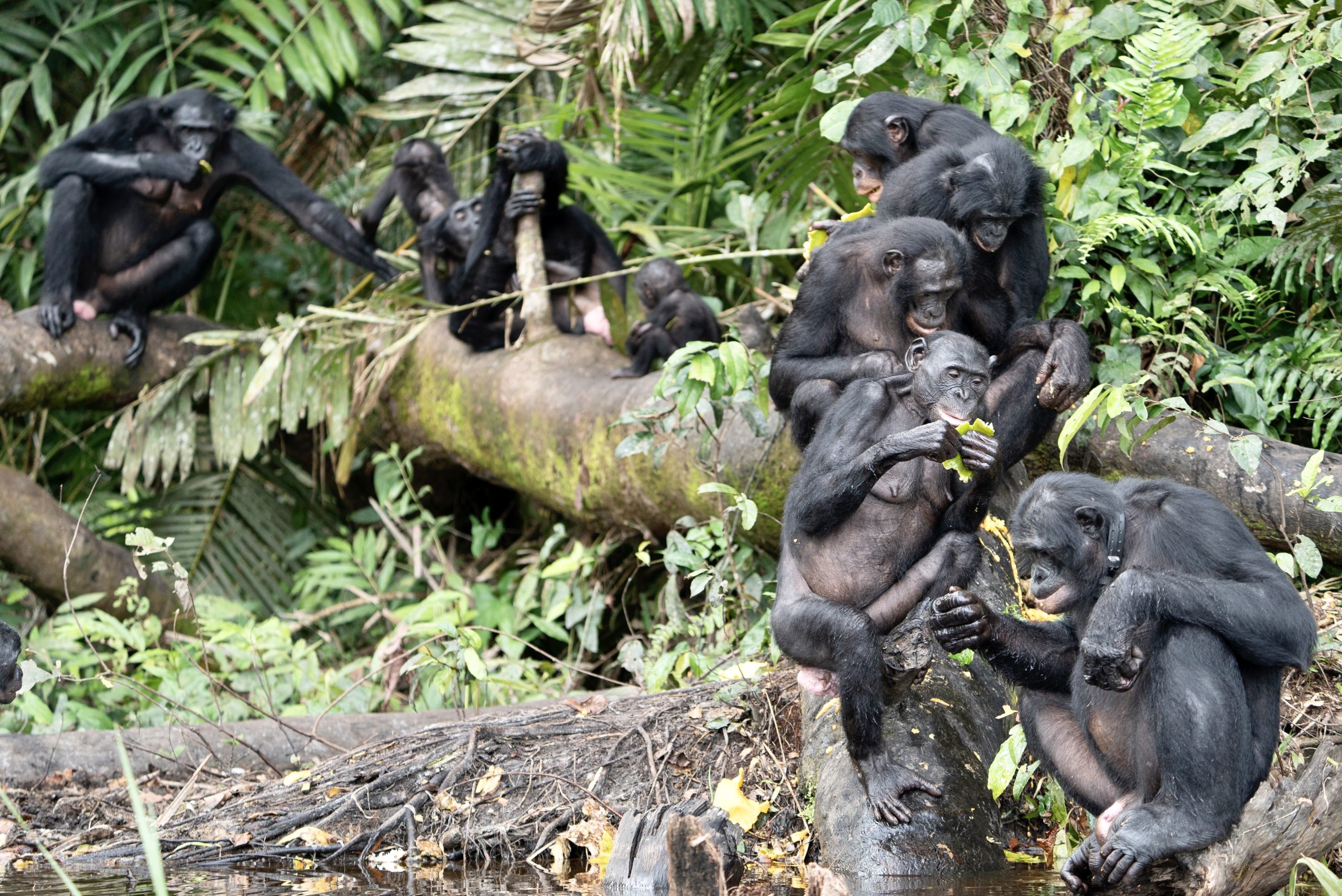
“I hope at some point, we no longer have to do this because poaching of bonobos stops,” concluded Cintia Garai, PhD, Director of Ekolo ya Bonobo Community Reserve.
You can help all animals and our planet by choosing compassion on your plate and in your glass. #GoVeg